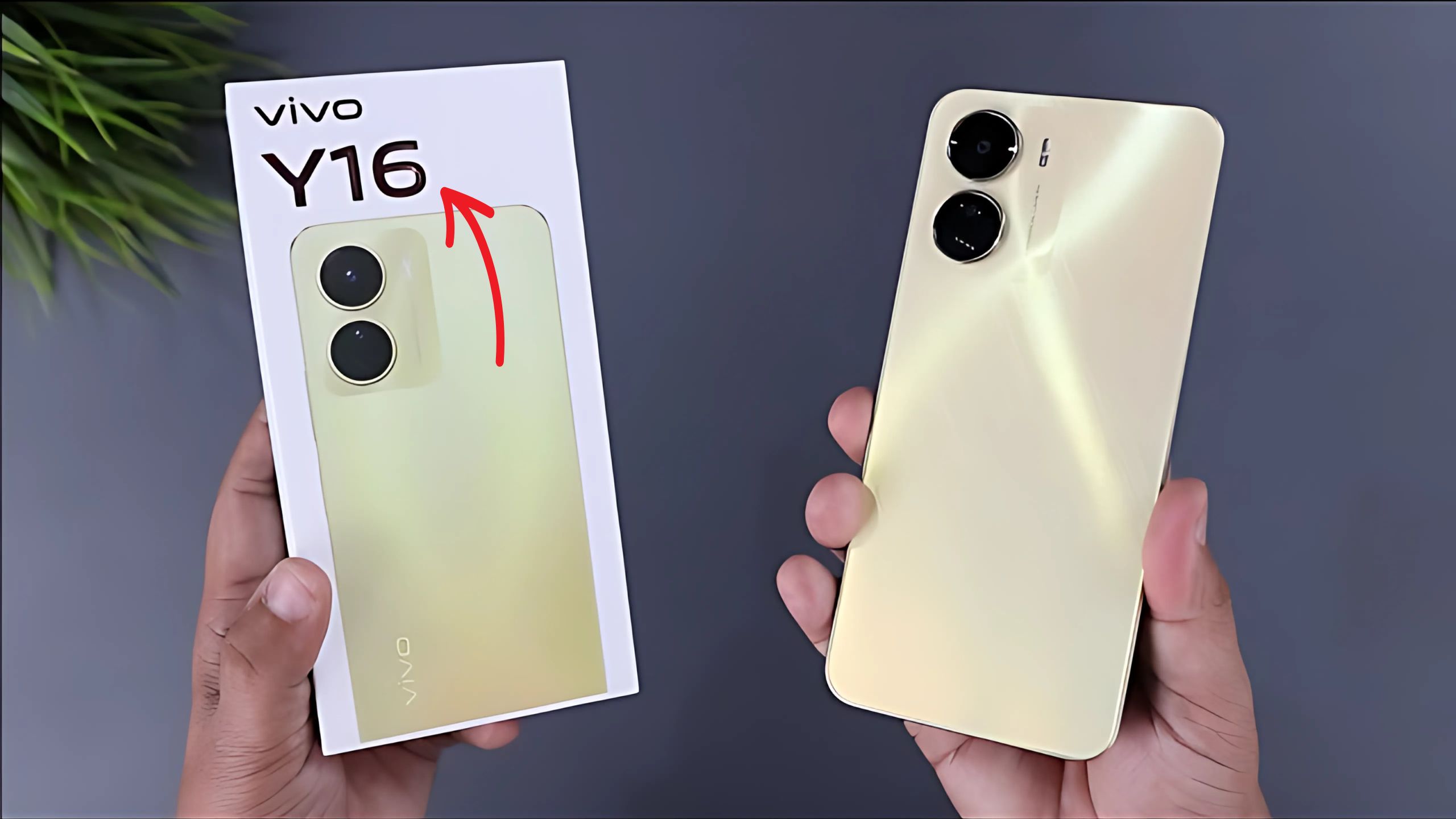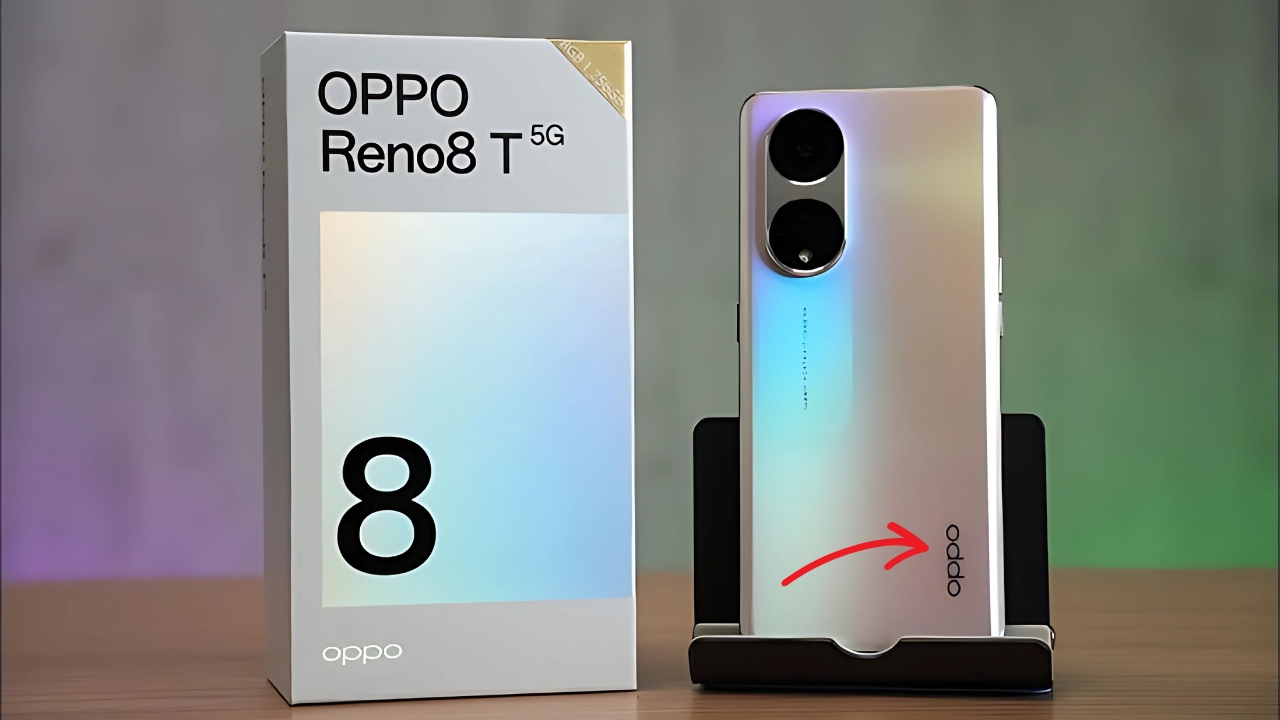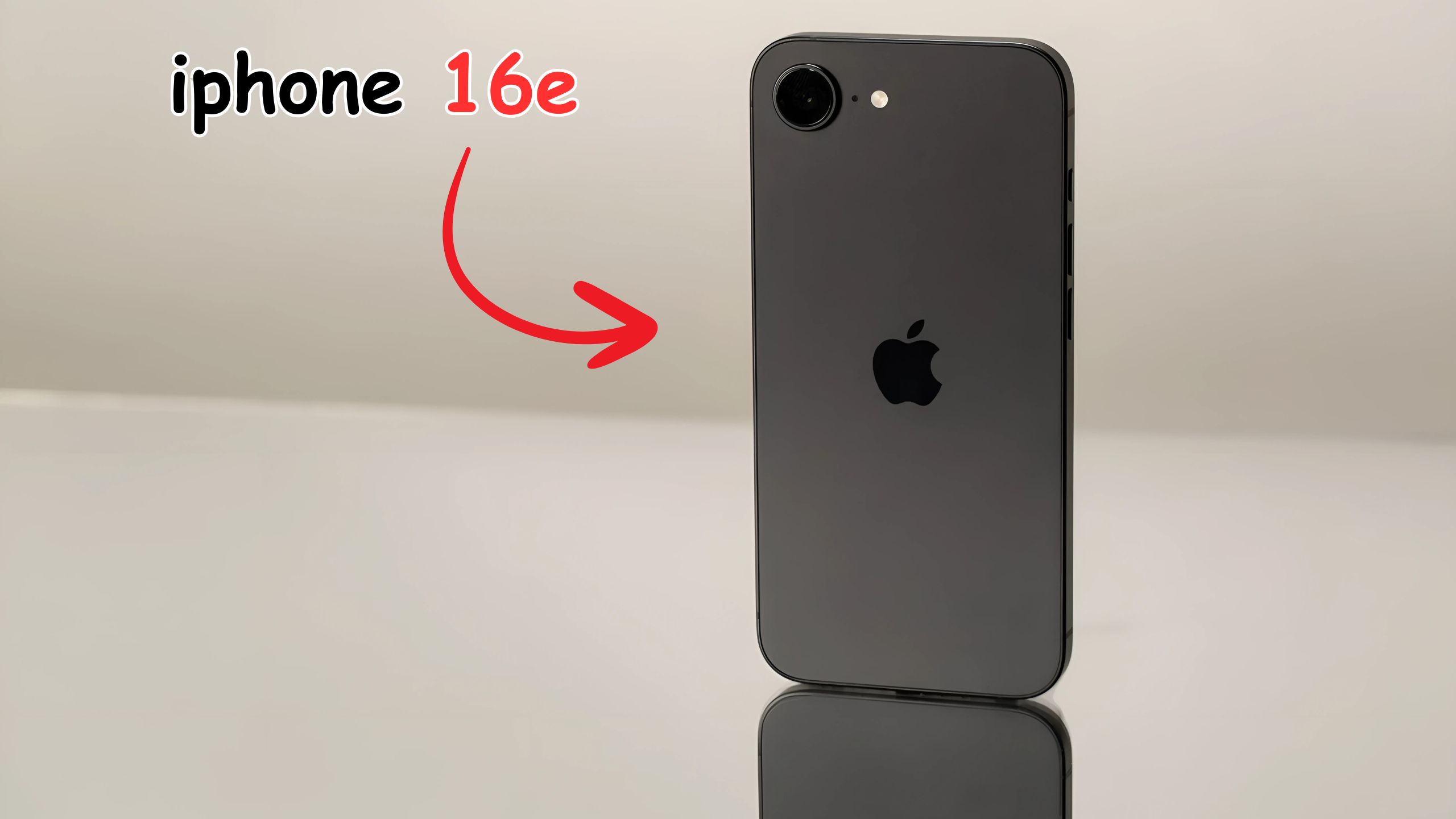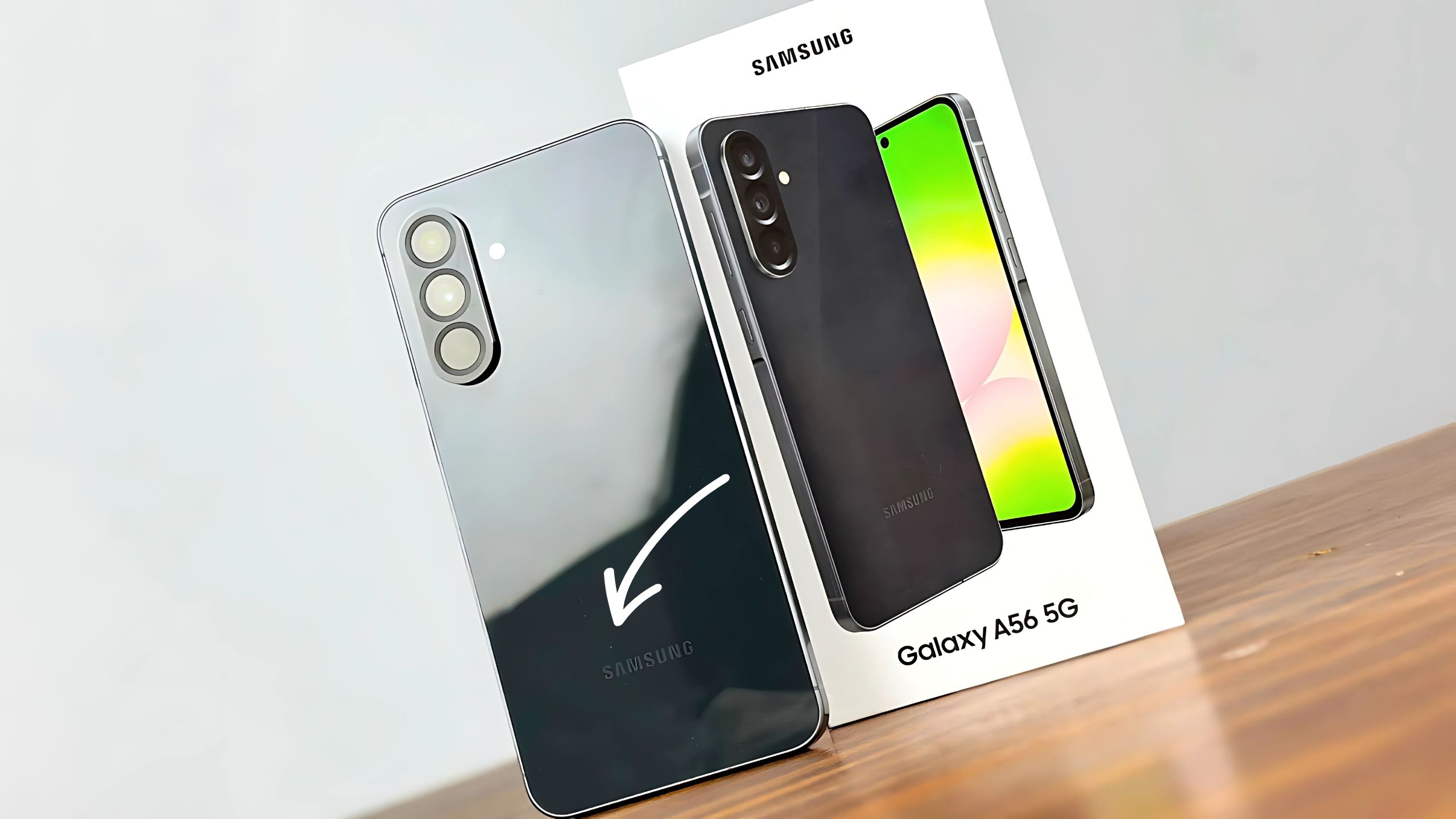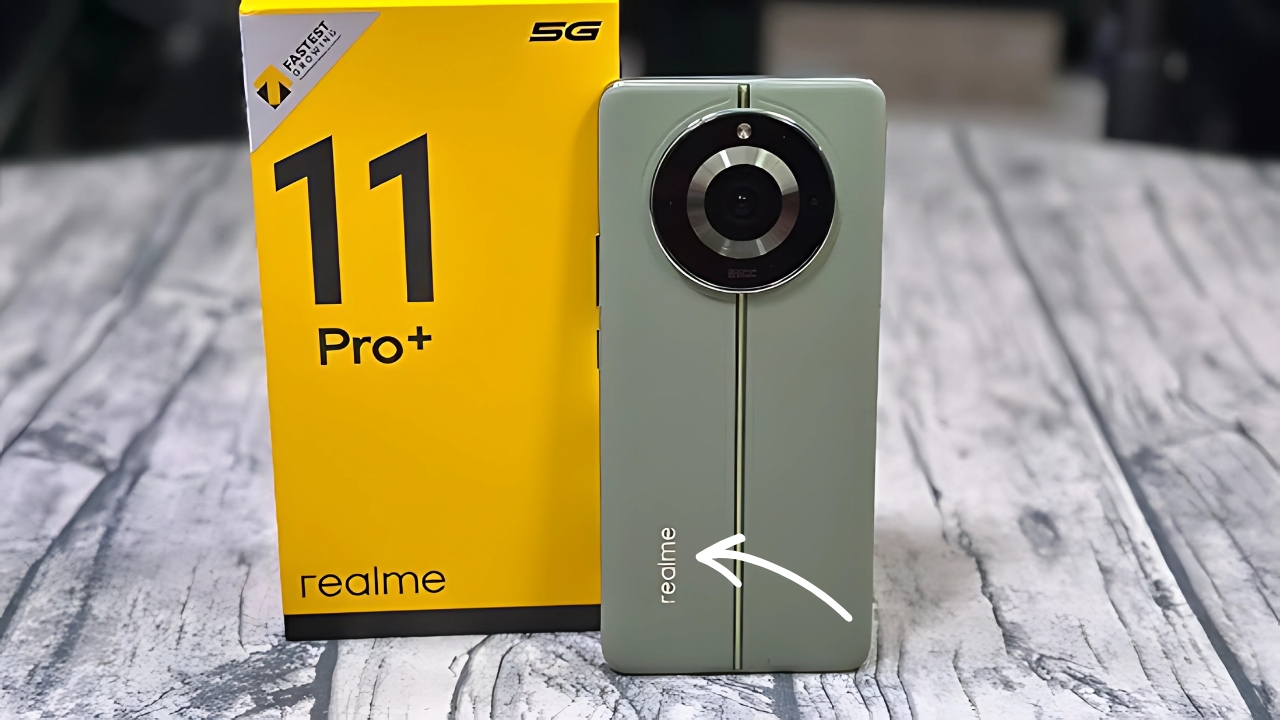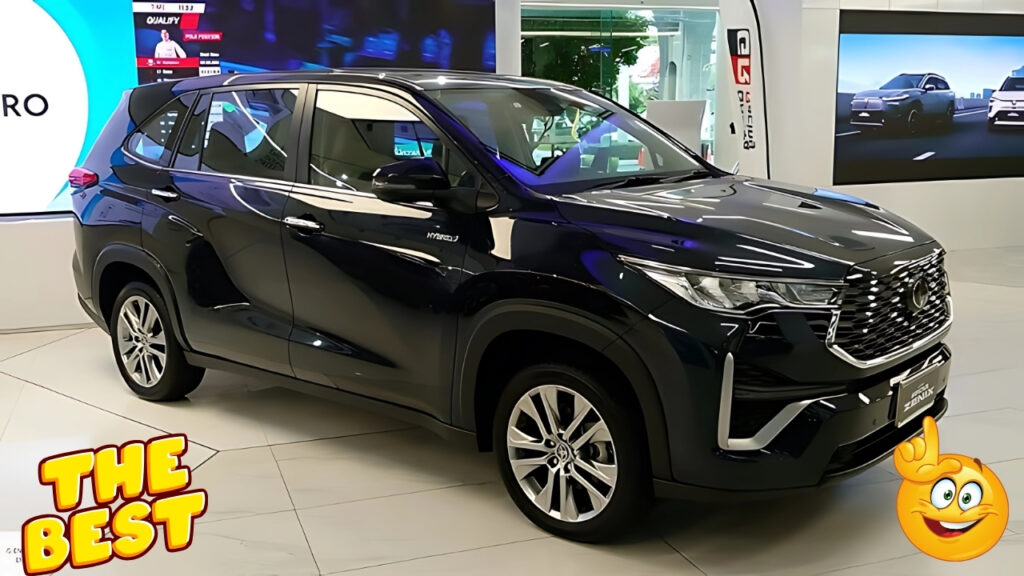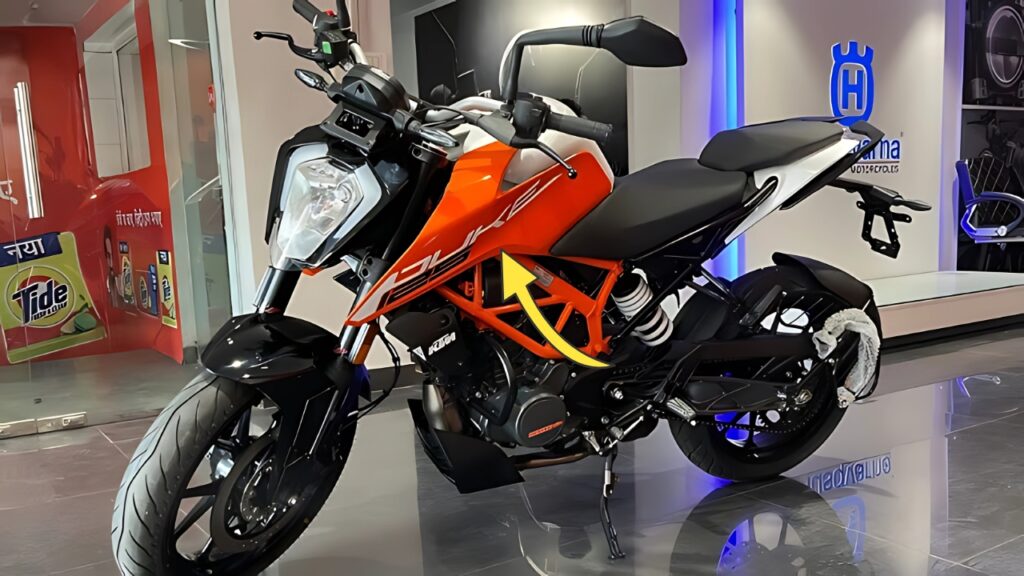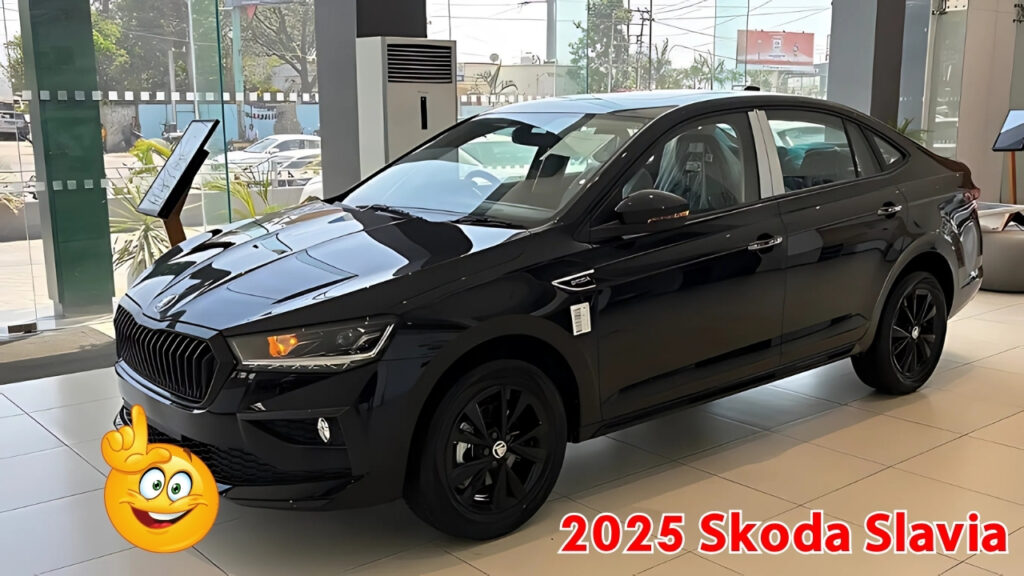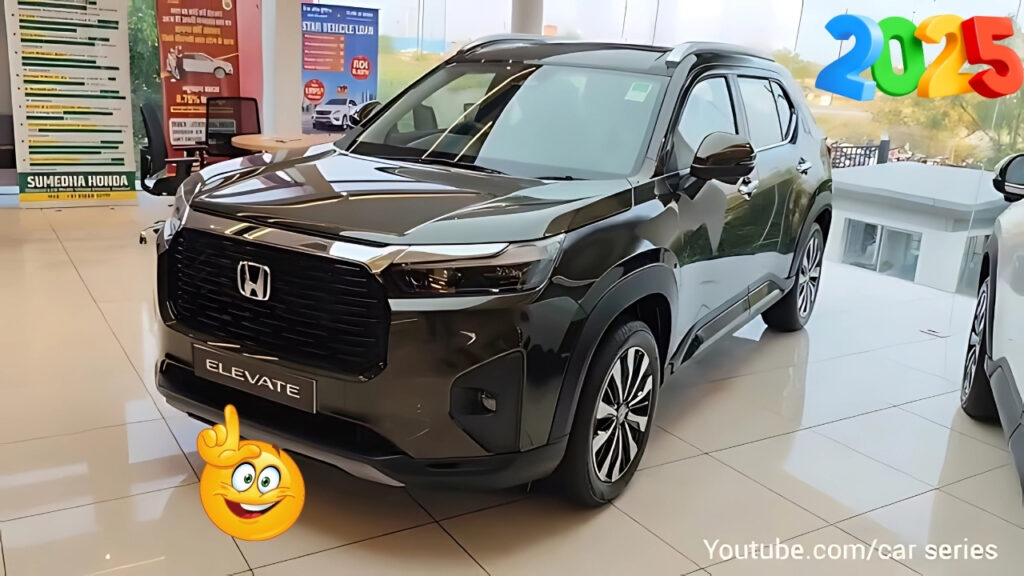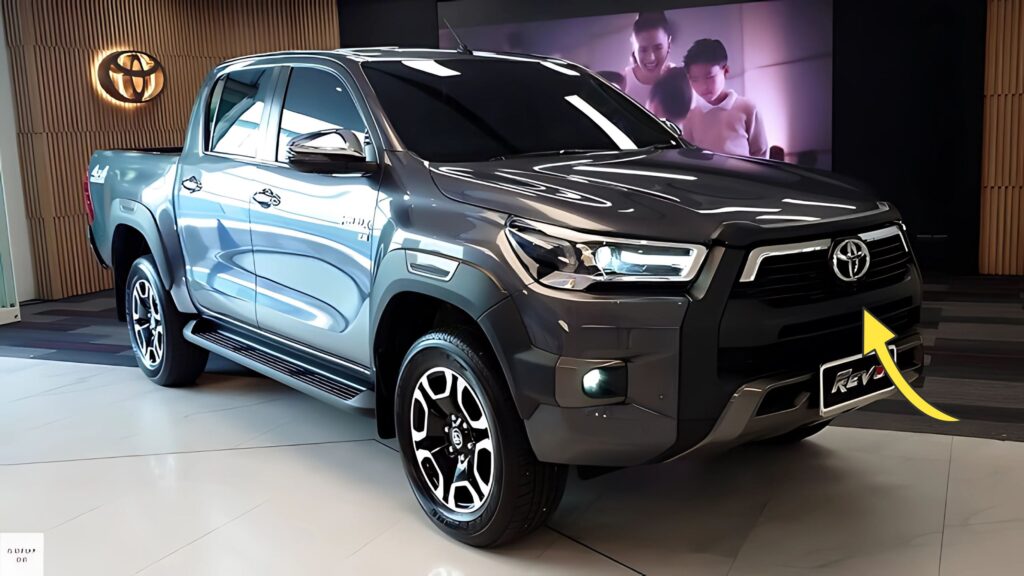Vivo Y16: The budget smartphone landscape has evolved tremendously over the past few years, with manufacturers constantly pushing the boundaries of what’s possible at lower price points.
Enter the Vivo Y16, a device that launched in September 2022 with the ambitious goal of bringing premium aesthetics and reliable performance to the masses without the premium price tag.
After extensive real-world testing and daily usage, it becomes clear that Vivo has crafted something quite interesting here – a phone that prioritizes style and battery life over raw performance specifications.
In an era where smartphone manufacturers often compromise heavily on design or build quality to meet aggressive pricing targets, the Y16 takes a different approach.
Rather than cutting corners on aesthetics, Vivo has focused on creating a device that genuinely looks and feels more expensive than its price would suggest, while making strategic compromises in areas where everyday users might not notice the difference.
Vivo Y16 Design Philosophy: Premium Aesthetics on a Budget Foundation
Walking into any smartphone store today, you’ll immediately notice how most budget devices scream “cheap” from across the room. The Vivo Y16 breaks this mold completely with a design language that could easily be mistaken for a mid-range or even premium device at first glance.
The device measures 163.95 × 75.55 × 8.19mm and weighs 183 grams, creating a substantial yet comfortable presence in your hand.
The ultra-slim 8.19mm profile combined with a 2.5D curved flat frame makes the phone surprisingly comfortable to grip during extended usage sessions. What truly sets the Y16 apart is its attention to tactile experience – this isn’t just about looking good, it’s about feeling premium in everyday interactions.
The polycarbonate body features a glass-like texture that serves both aesthetic and practical purposes.
Unlike many budget phones that become fingerprint magnets within minutes of use, the Y16’s finish actively resists smudges and minor scratches. This practical consideration shows Vivo’s understanding of real-world usage patterns rather than just focusing on first impressions.
| Design Specifications | Details |
|---|---|
| Dimensions | 163.95 × 75.55 × 8.19mm |
| Weight | 183 grams |
| Build Materials | Polycarbonate body with glass-like texture |
| Color Options | Drizzling Gold, Stellar Black |
| Fingerprint Sensor | Side-mounted (embedded in power button) |
| Durability Features | Scratch-resistant finish, pre-installed screen protector |
The Drizzling Gold variant deserves special mention for its unique aesthetic approach.
When light hits the back panel at the right angle, it creates an almost luminous effect that genuinely draws attention. This isn’t just marketing hyperbole – the finish has a depth and warmth that makes the device feel special in a way that most budget phones simply can’t achieve.
Display Technology: Size Over Resolution, Practically Speaking
The 6.51-inch IPS LCD display represents Vivo’s pragmatic approach to budget smartphone design.
With a resolution of 720 × 1600 pixels (HD+) and a pixel density of 270 PPI, this isn’t going to win any specification sheet battles. However, the real-world usage experience tells a more nuanced story.
The waterdrop notch design houses the front-facing camera and earpiece while maintaining a clean aesthetic.
The approximately 83% screen-to-body ratio provides an immersive viewing experience, though the relatively thick chin reminds you this isn’t a flagship device. The pre-installed screen protector adds practical value right out of the box.
Display Performance Analysis
Color reproduction proves surprisingly good for an entry-level LCD panel.
The display delivers vibrant colors with decent contrast, making social media content, photos, and videos appear engaging rather than washed out. Brightness levels reach adequate peaks for indoor usage and remain readable in most outdoor conditions, though direct sunlight can present challenges typical of budget displays.
The choice of HD+ resolution over Full HD+ makes strategic sense in this price category.
While pixel density enthusiasts might notice the difference in text sharpness when looking closely, most real-world usage scenarios – from social media browsing to video streaming – remain perfectly enjoyable. More importantly, the lower resolution contributes significantly to the device’s impressive battery efficiency.
Viewing angles typical of IPS technology ensure that content remains visible when sharing the screen with others, making it practical for group viewing scenarios. The display handles touch responsiveness well, though there can be occasional delays during intensive multitasking scenarios.
Performance Reality: MediaTek Helio P35 in Context
At the heart of the Y16 lies the MediaTek Helio P35 (MT6765) chipset, manufactured using 12nm process technology.
This octa-core processor features a configuration of 4 Cortex-A53 cores running up to 2.35GHz and 4 Cortex-A53 cores up to 1.8GHz, paired with the PowerVR GE8320 GPU.
Understanding the Helio P35’s position in today’s market requires realistic expectations.
This processor launched in late 2018, making it a mature but aging chipset by current standards. However, within its intended performance envelope, it delivers predictable and stable results for basic smartphone functions.
Real-World Performance Scenarios
Daily usage reveals both the strengths and fundamental limitations of this configuration.
Basic tasks like calling, messaging, web browsing, and social media consumption work smoothly most of the time. The phone handles standard Android operations competently, though you’ll notice occasional delays when switching between applications or during system-intensive operations.
The 4GB of RAM combined with Vivo’s Extended RAM 2.0 technology (which adds 1GB of virtual RAM using storage space) provides adequate memory for typical usage patterns. Light multitasking works reasonably well, though power users accustomed to seamless app switching might find the experience limiting.
Gaming performance proves adequate for casual and lightweight titles. Popular games like Asphalt 9 and similar moderate-intensity games run playably with appropriate settings adjustments.
However, graphics-intensive titles require significant compromises in visual quality, and even then, occasional stuttering and frame drops are common. The inclusion of Vivo’s Multi-Turbo 5.5 and Ultra Game Mode helps optimize performance during gaming sessions.
Where the Y16 struggles most noticeably is during intensive multitasking or when running multiple demanding applications simultaneously. The combination of an aging processor and limited RAM creates scenarios where the phone can become temporarily unresponsive, requiring patience from users.
Memory and Storage: Practical Configurations
The Y16 offers storage configurations of 32GB, 64GB, or 128GB paired with either 3GB or 4GB of RAM. The base 32GB variant feels restrictive for modern smartphone usage, while the 128GB option provides adequate breathing room for most users’ needs.
Storage management becomes crucial with lower-capacity variants, as the Android system and pre-installed applications consume a significant portion of available space.
However, the inclusion of a dedicated microSD card slot supporting expansion up to 1TB provides a practical solution for users needing additional storage for media files.
The eMMC storage standard, while slower than UFS found in premium devices, provides acceptable performance for the target user base.
App loading times remain reasonable, and general system responsiveness feels appropriate for the price category.
Camera System: Social Media Ready Photography
The dual-camera setup consists of a 13MP primary sensor with f/2.2 aperture and a 2MP depth sensor, complemented by a 5MP front-facing camera.
This configuration reflects Vivo’s understanding that budget smartphone photography should prioritize social media sharing over professional image quality.
Photography Performance Analysis
| Camera Specifications | Details |
|---|---|
| Rear Main Camera | 13MP, f/2.2, autofocus |
| Rear Depth Sensor | 2MP, f/2.4 |
| Front Camera | 5MP, f/2.2 |
| Video Recording | 1080p@30fps |
| Features | LED flash, HDR, Portrait mode, Panorama |
The 13MP primary camera performs competently in good lighting conditions, producing images with acceptable detail and color reproduction for social media sharing.
Vivo’s camera processing tends toward slightly saturated colors that often look pleasing in social media contexts, even if they don’t represent perfectly accurate color reproduction.
Portrait mode benefits from the dedicated depth sensor, creating reasonably convincing background blur effects for casual photography.
The edge detection works adequately most of the time, though complex scenes with intricate details can challenge the system.
Low-light photography represents the typical budget phone limitation.
While the dedicated night mode attempts to improve results in challenging lighting conditions, users should maintain realistic expectations. The lack of optical image stabilization means steady hands become essential for sharp images in marginal lighting conditions.
The 5MP front camera handles video calls and casual selfies adequately, though it won’t satisfy users seeking high-quality self-portraits for professional social media content. The focus remains on functionality rather than creating Instagram-worthy content.
Battery Life: The Standout Champion
Perhaps the most impressive and genuinely competitive aspect of the Y16 is its battery performance. The 5000mAh battery capacity provides exceptional endurance that distinguishes this device from many competitors regardless of price category.
Battery Performance Metrics
-
Capacity: 5000mAh (non-removable)
-
Charging Speed: 10W standard charging
-
Expected Life: Full day with moderate to heavy usage, up to 1.5 days with light usage
-
Gaming Endurance: 6-8 hours of continuous gaming
-
Charging Time: 2-2.5 hours for full charge
-
Standby Time: Multiple days with minimal usage
Real-world battery testing reveals genuinely impressive results. Typical users can easily achieve full-day usage with moderate to heavy usage patterns including social media, photography, video streaming, and regular communications.
Conservative users focusing primarily on calls, messaging, and light browsing can stretch battery life across a day and a half.
The combination of the HD+ display, mature processor efficiency, and large battery capacity creates an ideal scenario for battery longevity.
Even intensive users who enjoy mobile gaming can expect 6-8 hours of continuous gameplay, depending on the specific titles and graphics settings.
However, the 10W charging speed represents a significant compromise in today’s market.
While overnight charging remains practical, users accustomed to rapid charging solutions from other brands might find the 2-2.5 hour charging time frustrating during daily usage scenarios.
Software Experience: Funtouch OS 12 on Android 12
The Y16 runs Funtouch OS 12 based on Android 12, providing Vivo’s interpretation of the Android experience.
Funtouch OS has evolved significantly over recent years, moving toward a cleaner and more intuitive interface compared to earlier versions.
The software experience prioritizes simplicity and ease of use over advanced customization options.
While some users might find this limiting, it actually works well for the target audience who prefer straightforward smartphone operation without complexity.
Key Software Features
-
Operating System: Android 12 with Funtouch OS 12
-
Security Features: Side-mounted fingerprint sensor, face unlock
-
Gaming Enhancements: Multi-Turbo 5.5, Ultra Game Mode
-
Memory Optimization: Extended RAM 2.0 technology
-
Connectivity: Dual SIM support, dedicated microSD slot
-
Audio: 3.5mm headphone jack, FM radio
The integration of gaming-focused features like Multi-Turbo 5.5 and Ultra Game Mode demonstrates Vivo’s understanding of budget smartphone users’ priorities. These technologies help optimize system resources during gaming sessions and provide features like call blocking and notification hiding for immersive gameplay.
Connectivity and Audio Experience
The Y16 provides comprehensive connectivity options appropriate for its market positioning. 4G LTE support includes extensive band coverage for global compatibility, while Wi-Fi 802.11 n and Bluetooth 5.0 ensure reliable local connectivity.
The retention of the 3.5mm headphone jack deserves particular praise in an era where many manufacturers eliminate this feature even from budget devices.
Combined with FM radio support, this demonstrates Vivo’s understanding of their target audience’s preferences and usage patterns.
Audio output through the single downward-firing speaker proves adequate for calls and basic media consumption, though external speakers or headphones significantly improve the music and video experience.
Target Audience and Market Position
The Vivo Y16 succeeds because it clearly understands its intended audience and doesn’t try to be something it’s not. This device makes perfect sense for:
Primary Users:
-
First-time smartphone buyers seeking style and reliability
-
Users prioritizing battery life over cutting-edge performance
-
Budget-conscious consumers wanting premium aesthetics
-
Students and young professionals needing social media capabilities
-
Secondary device users requiring dependable backup options
Considerations for Other Users:
-
Heavy gamers should consider higher-performance alternatives
-
Photography enthusiasts need more advanced camera systems
-
Power users requiring extensive multitasking will find limitations
-
Users needing fast charging should look elsewhere
Pricing Strategy and Competitive Position
With pricing starting around ₹7,999-₹10,999 in India (approximately $95-$130 globally), the Y16 occupies a crucial market segment where style and battery life can differentiate a device more than raw performance specifications.
The pricing strategy reflects Vivo’s brand positioning – offering devices that look and feel more expensive than their actual cost while focusing on aspects like design, battery life, and camera processing that matter most to style-conscious budget buyers.
Competition Analysis
The budget smartphone market remains intensely competitive, with strong offerings from Xiaomi, Realme, Samsung, and others.
However, the Y16’s strength lies not in having the most impressive specifications but in delivering a cohesive package where design, battery life, and user experience work together harmoniously.
Compared to specification-focused competitors, the Y16 might lag in benchmark scores or feature checklists.
However, it often provides superior build quality, better battery life, and more refined design – factors that matter significantly in daily usage scenarios.
Vivo Y16 Final Verdict: Style and Substance in Budget Territory
The smartphone industry often suffers from a race to the bottom in budget categories, where manufacturers sacrifice build quality, design, and user experience to achieve aggressive pricing.
The Vivo Y16 takes a refreshingly different approach by proving that budget devices don’t have to look or feel cheap.
This device won’t impress benchmark enthusiasts or mobile gaming aficionados, but it will satisfy users who want a smartphone that looks premium, lasts all day, and handles essential tasks reliably.
The exceptional battery life, attractive design, adequate camera performance, and competitive pricing combine to create a device that genuinely serves its intended market.
For users seeking a dependable smartphone that prioritizes style, battery endurance, and practical daily usage over impressive specifications, the Vivo Y16 represents solid value.
It’s not the most powerful phone in its price range, but it might just be one of the most pleasant to live with day after day.
The Y16’s greatest achievement lies in demonstrating that budget smartphones can maintain dignity and style while delivering practical value.
Sometimes, the most impressive feature isn’t processing power or camera megapixels – it’s simply creating a device that users genuinely enjoy using every single day.
